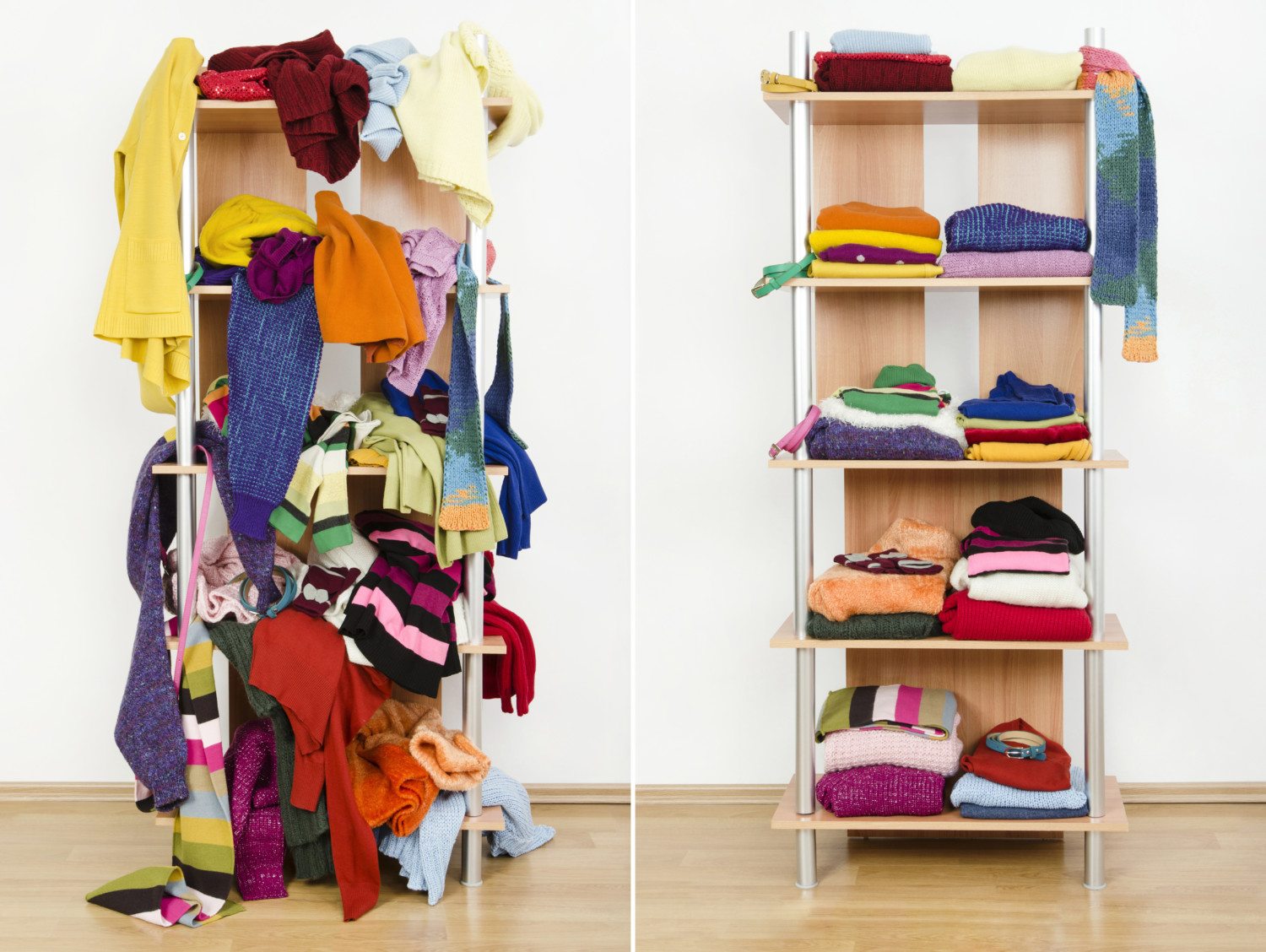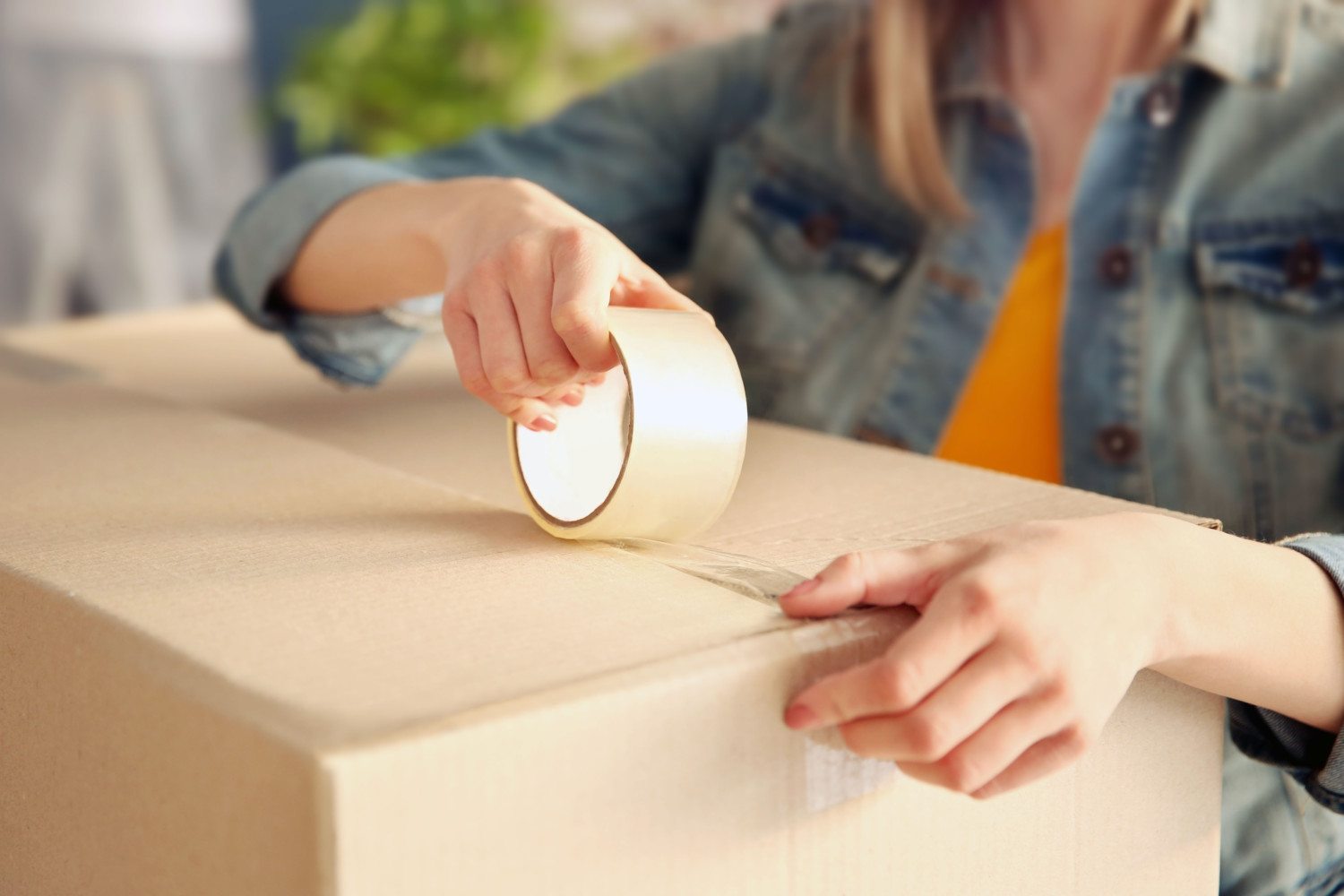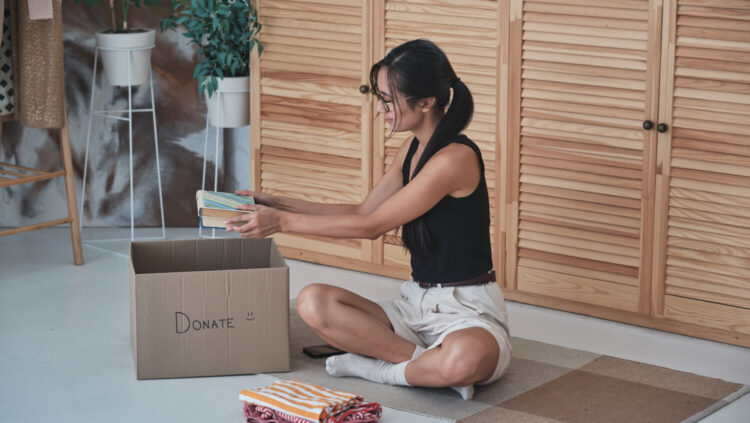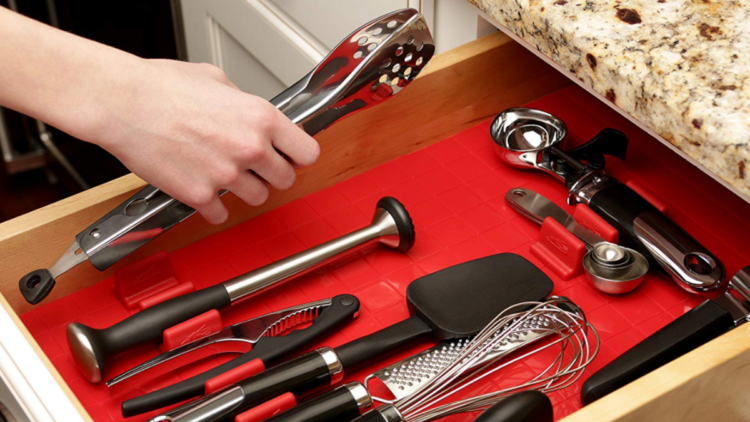The Easy 3-Step Trick to Decluttering Your Home

Long before Marie Kondo’s “The Life-Changing Magic of Tidying Up” and Margareta Magnusson’s “The Gentle Art of Swedish Death Cleaning,” there was 15-year-old me, looking for an easy and fast way to clean my messy room.
I took a big box — about half the size of a refrigerator box — and put everything into it except my books and clothes. It didn’t take long at all before I had a neat and tidy room.
The problem was, once I had filled the box, the prospect of emptying it, sorting it and putting everything back that I wasn’t giving away or tossing became, well, daunting. The box was huge!
There were things I wanted to keep, like desk supplies and shoes, and I would dig through the junk to get what I needed.
After a few months, though, I had retrieved everything I really used, so I didn’t touch the box again. It sat in my bedroom corner for nearly three years until I was packing for college and my mother threatened to haul it to the curb on trash day if I didn’t get rid of it.
I did eventually go through the box and kept about 10 percent of the contents, while I donated or threw away the rest. I had forgotten about the experience until two years ago when we were getting ready to sell our house and move to a new city and I accidentally rediscovered my old room-cleaning technique.
If you’ve ever sold a house, you know how stressful it is to stage your home while you’re still living in it. House staging is a fancy term for making your house as appealing as possible to prospective home buyers. It means taking down the wall of family pictures and tucking the knickknacks out of sight so that people can see the house through all the stuff.
After sixteen years and two kids we had a lot of stuff, and once all the cabinets and drawers were full, I had no choice but to start boxing up the things that needed to be out of sight. Out of sight was truly out of mind for me because, once I’d decluttered the house to sell it, I realized there were a few boxes I hadn’t labeled and I couldn’t even remember what I’d packed in them.
How was it possible that I’d lived with all of this stuff on my counters and walls and shelves, but once I put it all in boxes, I couldn’t really remember what most of it was? And that’s when my teenage room-cleaning fiasco came back to me.
This was the “Box 2.0” method of decluttering and though it was the accidental result of needing to quickly tidy up my house, I’ve discovered it works just as well as a deliberate method for paring down my possessions and making my house feel open and refreshed.
My box method of decluttering is mindful, easy and — most importantly — it works!
It works whether you’re trying to sell your house or just need to get serious about ditching the unnecessary junk that has accumulated. It’s also a great technique for kids who aren’t quite ready to get rid of the toys they’ve outgrown.
Here is my simple three-step process:
1. Fill Your Box
Take a box and go around one room, putting things into it that you think you should get rid of but haven’t been able to ditch for whatever reason. Maybe it was a gift you don’t really care for or it fills a space that you think would otherwise look empty.
If you don’t love it, don’t need it or haven’t really ever used it, put it in the box. For instance, one of my kitchen boxes might contain coffee mugs that were gifted to me and I’ve never used, old dish towels, mismatched dishes, all those scented candles and wicker baskets that I collect without thinking about it and anything that I don’t use on a regular basis. (Anything that is broken or damaged beyond repair gets thrown away immediately!).
2. Stash Your Box Out Of Sight
Seal the box with packing tape and put a date on it. Then put it in a closet or some other out-of-the-way place for a month. Now, move on to the next room in your home and repeat the process of pack, seal, date until you have decluttered every room in your home. It’s okay if this process takes a few days or weekends, the important thing is to be thorough. When in doubt, box it up.
3. Declutter
After a month, without opening the boxes, consider whether there is anything in the boxes you have been missing. If the answer is no, donate the boxes to the charity of your choice. Skeptical friends who have tried my technique tell me that after a month they couldn’t even remember everything that was in their boxes.
Of course, if you find that you do miss something you’ve packed away, by all means you should open the box and keep it — but keep only the thing you really want. Everything else still gets donated.
And that’s it! It really is that easy to tidy up a messy house and keep it tidy, even if you’re not planning on moving anytime soon. We’ve been in our new house for two years now and I use my box method to declutter about twice a year, weeding out the seasonal clothes and shoes along with the knickknacks and mindless clutter that seems to settle on my countertops and tables.
It works so well that when I had a plumber in recently he asked if we’d just moved in because the house looked so decluttered! My 15-year-old self would be proud.










